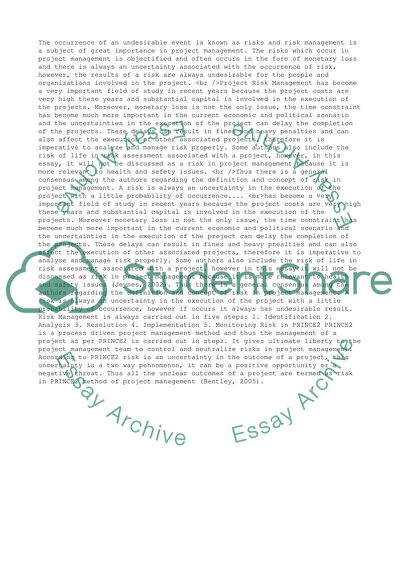Cite this document
(“The Concept of Risk Essay Example | Topics and Well Written Essays - 2000 words”, n.d.)
The Concept of Risk Essay Example | Topics and Well Written Essays - 2000 words. Retrieved from https://studentshare.org/management/1450921-the-concept-of-risk
The Concept of Risk Essay Example | Topics and Well Written Essays - 2000 words. Retrieved from https://studentshare.org/management/1450921-the-concept-of-risk
(The Concept of Risk Essay Example | Topics and Well Written Essays - 2000 Words)
The Concept of Risk Essay Example | Topics and Well Written Essays - 2000 Words. https://studentshare.org/management/1450921-the-concept-of-risk.
The Concept of Risk Essay Example | Topics and Well Written Essays - 2000 Words. https://studentshare.org/management/1450921-the-concept-of-risk.
“The Concept of Risk Essay Example | Topics and Well Written Essays - 2000 Words”, n.d. https://studentshare.org/management/1450921-the-concept-of-risk.


